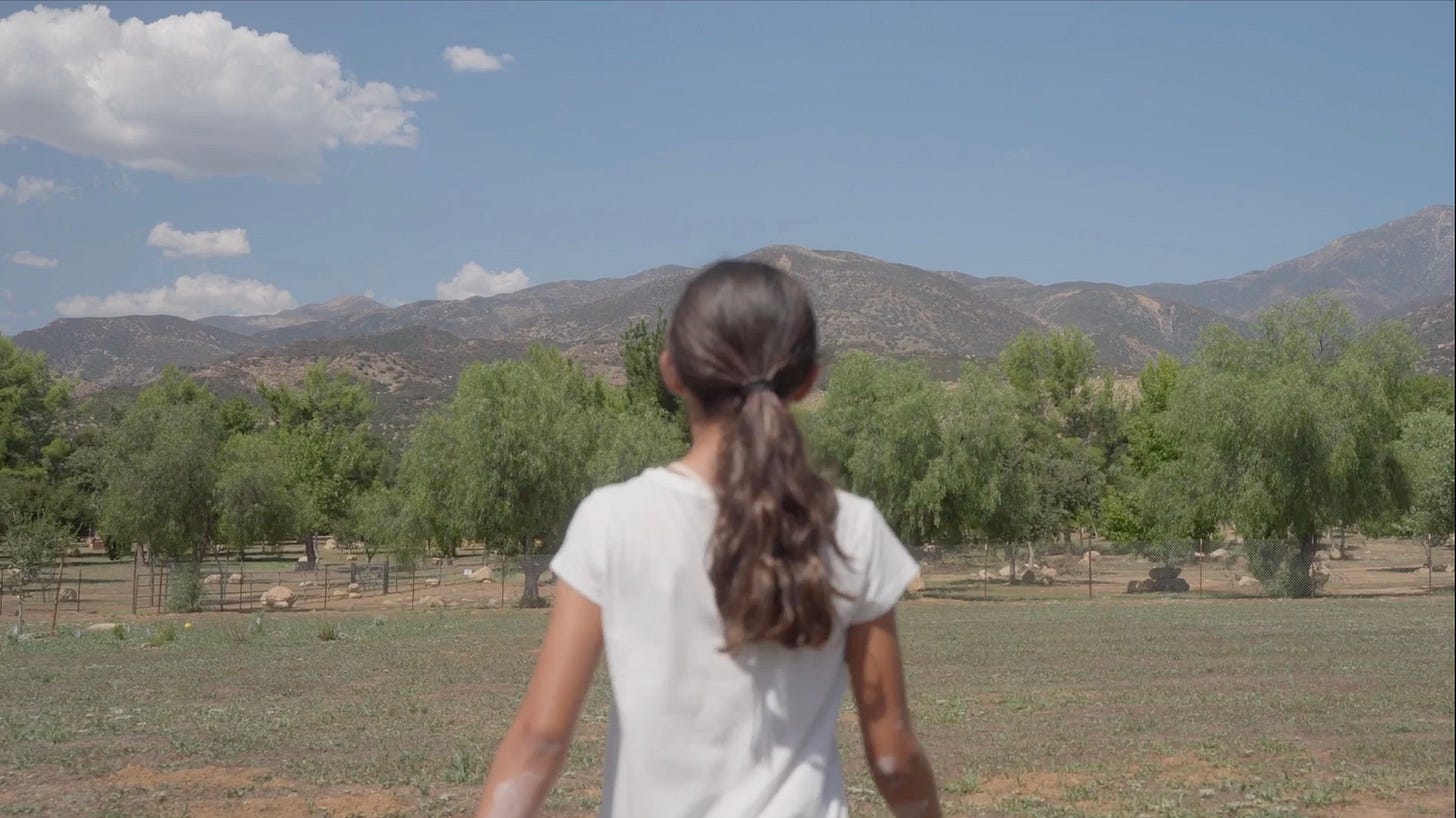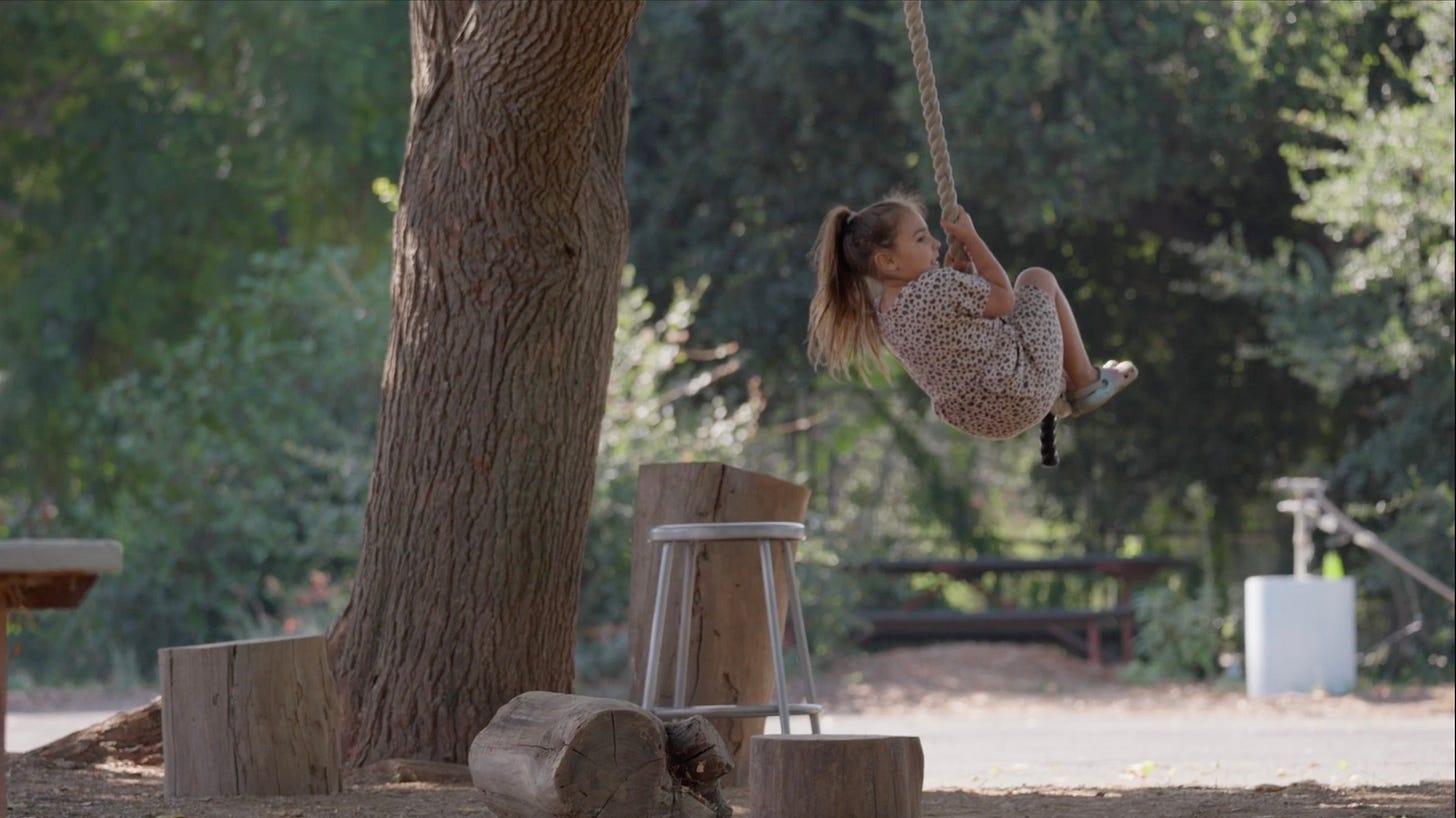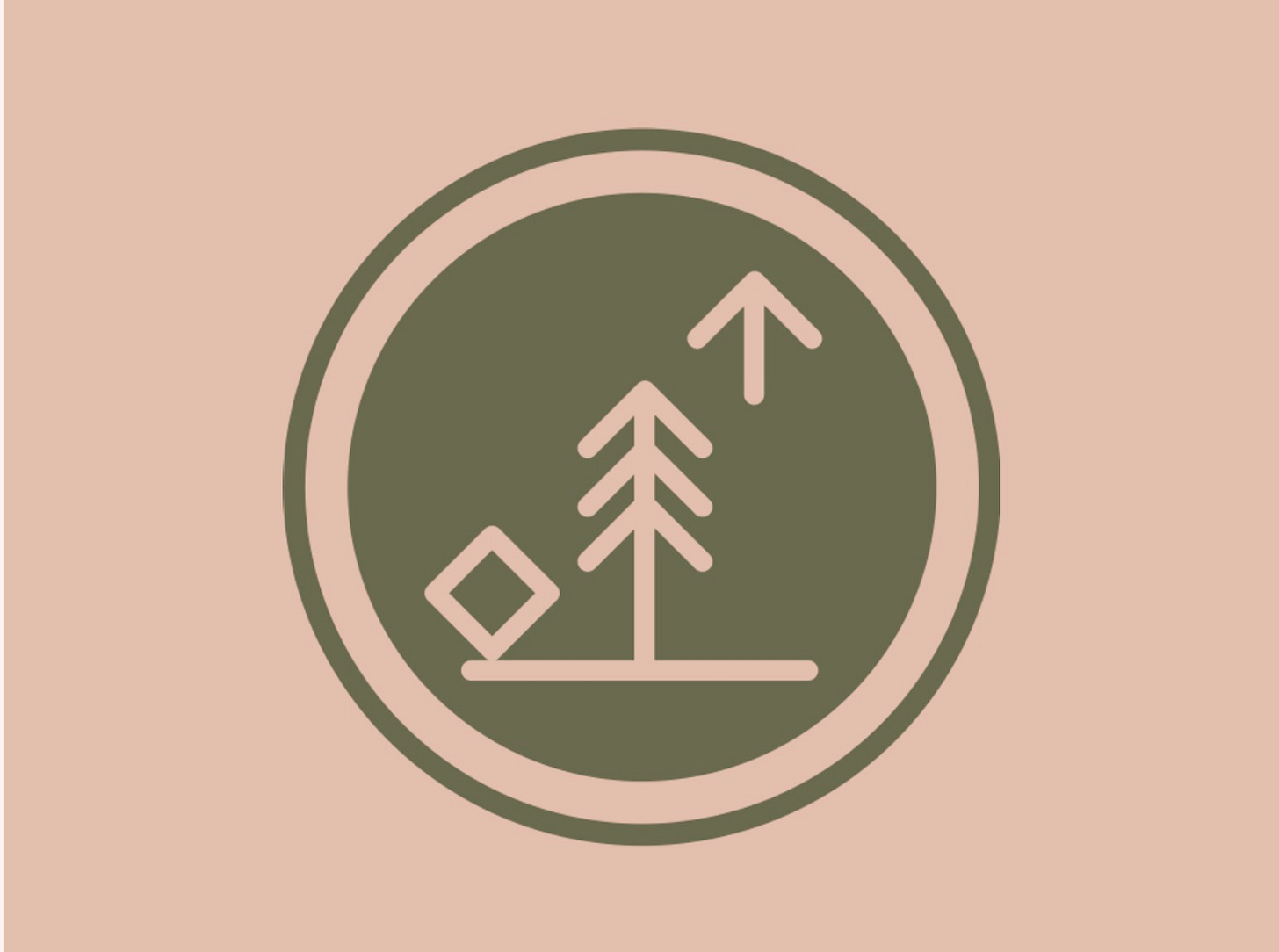Here, in Ojai, it’s impossible to separate the sky from the Topatopas -- a majestic stretch of multicolored mountain ranges first caused by a bend in the San Andreas fault, and first named by the Chumash people, many generations ago.
They ring the landscape of a century-old elementary school campus that has, since 2016, been home to a magical place called Rock Tree Sky. The campus bears the traditional marks of the former school: basketball courts, playground equipment, classrooms, a parking lot. But the site has been thoroughly reimagined in ways that integrate it with its environment -- creating a literal and figurative doorway to a bygone way of being -- with greenhouses, an apothecary, and ample places to linger, laze and long.
Rock Tree Sky is a not a public school, although many of its students use public dollars to attend, thanks to a law that allows “independent study” students in California to participate in complementary enrichment. On any given day, between 70 and 100 students of all ages are here. Just over 200 are enrolled, each of whom shows up an average of three times a week. “Each day is such a different energy,” explains the school’s co-founder, Jim Bailey, “based on who’s here.”
The energy of the place itself is also different -- at least when it comes to what most of us typically think about when we think about school. That’s because Rock Tree Sky is entirely self-directed.
There are no teachers, only mentors.
There are no courses, only offerings.
And there are no rules, only agreements (three of them): Take Care of Yourself. Take Care of Each Other. Take Care of The Space.
In this sense, Rock Tree Sky is a reflection of the fastest growing movement in American education -- a movement that started as homeschooling, evolved into unschooling, and expanded to include any community that takes seriously its commitment to provide a truly “learner-centered education.”
“Adults here have power with the students -- not over them,” explained mentor Vera Rodriguez, who is also a local artist. “This place supports the autonomy of children as their own kind of river. That’s why we make offerings, but the kids are free to decide if that’s how they want to spend their time.
“The whole learning experience here is a collaboration; it’s not something I'm doing to other people or something I'm enforcing. Sometimes, I bring an offering and it doesn't take at all, which I’ve learned to be okay with, because it invites me to say, ‘OK, so what is the interest? Where is it? And then how do we shape it?’ A really successful offering is when it takes us all to a place we had no idea we were going. It's a microcosm of the creative process.”
Vera explained this to me as she was pruning the roots of an Ashwagandha shrub. As she worked, two young girls came and sat beside her, transfixed by her focus and the tactile nature of the process, allowing Vera to provide an impromptu lesson on its health benefits (a root powder helps promote hormone regulation), and invite them to check out her Indigenous Medicine offering later.
Eventually, the girls joined her in the work, and the conversation widened to one about overall wellness and, well, the rhythms of all living things.
Thirty minutes later, the moment passed, the girls moved on, and the Rock Tree Sky gameboard once again reset.
That feels like an essential part of the magic here -- a deep understanding of (and commitment to) the optimal balance between individual freedom and shared structure.
The school’s three agreements, for example, provide just enough common clarity about what people should expect of one another.
The mentor’s offerings -- which, on the day I visited, ranged from Bowmaking to Mask-Making, and Spanish to Applied Math -- provide just enough of a provocation to confirm known interests, or spark new ones.
And the school’s physical campus, aside from its stunning natural beauty, provides a hodgepodge of recycled materials and spaces for young people to explore -- whether it’s a pop-up living room made up of old airplane seating rows, a makeshift puppet show stage, a hanging rack of costumes, or a soldering station.
It is, in other words, a literal state of nature: relationship-rich, supportive, emergent, and lovably lazy -- until it isn’t.
As some teens gathered languorously around a picnic table, for example, a joyous group of young girls nearby dirtily prepared seed bombs for the nearby garden, while a row of boys were lost in a shared effort to repair a broken drone.
“I know lots of people feel this sort of approach is too freeform,” Vera said to me, “but there’s more than one way to be lost.
“What do the adults of the world right now need to relearn -- or unlearn? I think the answer to that question gives us a lot of information about what not to do or repeat for children of this age. And at least from my perspective, within my algorithms of existence, I notice a lot of adults beginning to focus more on rewilding, on rebuilding pathways for connection, on taking responsibility for their nervous systems, on seeing themselves as embodied beings, and on prioritizing their own healing. We have lost our way over the years and generations, and we need to find our way back -- to one another, to ourselves, and to nature itself.
“Imagine what the world would be like if we didn't have to relearn or unlearn all of those things -- if we weren’t lost, but were instead free to get lost in the ideas or people or projects that captured our imagination?
“What if, instead of rewilding, we just wilded, and tended to our wild, loving natures?”
For co-founder Jim Bailey, this is precisely the point, and the raison d’etre for his school. “I’m not a business person. I’m a science teacher. And until this place, my whole life was about putting science knowledge into kids’ brains. It was kind of my thing. But now, I know that less is really more.
“Make it an offering. And let kids decide. Young people want to learn and be successful members of a community. What they’re interested in may not correspond to our timeline. But if it’s meaningful to them, they’ll move Heaven and Earth to accomplish it.
That’s why the school has its name: Rock Tree Sky. “It's what is,” Jim explained, as youthful activity (and inactivity) buzzed all around him. “It's the natural world around us, and it’s a reminder that we humans are a learning species -- you don't have to do a bunch of back flips and permutations and special things to get us to learn. You just need to create the conditions, be loving and attentive, and get out of the goddamned way.”







Blessed love. As a traveling musical-educational ensemble connecting creatively intelligent / "alternative" communities, we have been encountering and witnessing communities like this in various forms of development -- from learning pods to established new paradigm schools. I hope we can work together to formalize the communication network, so that schools like these are supported by visiting artists whose work is relevant to the mission. It's the music of A Whole Regeneration ...
https://open.spotify.com/album/4asR0dTOMsf1UG18mcBqrW?si=nqzvyTMPRA-uiBaKSF_X-w
Lovely, Sam: Thanks for sharing.